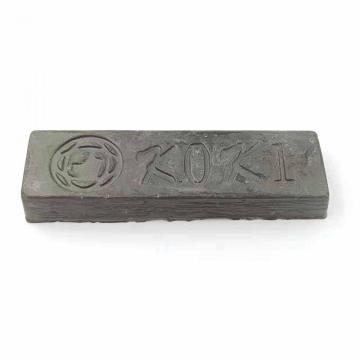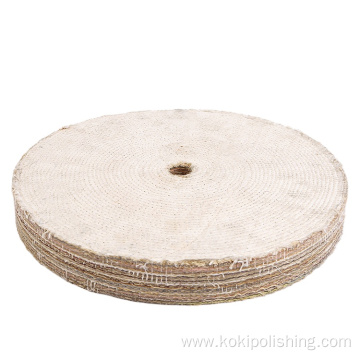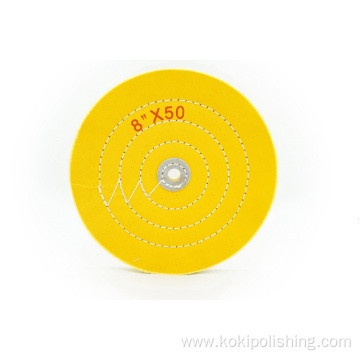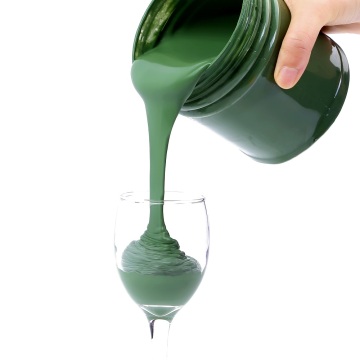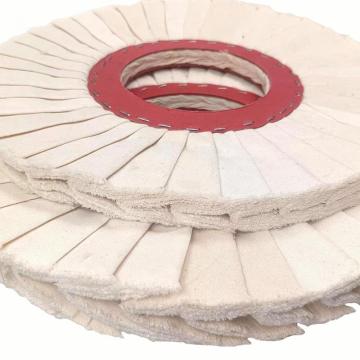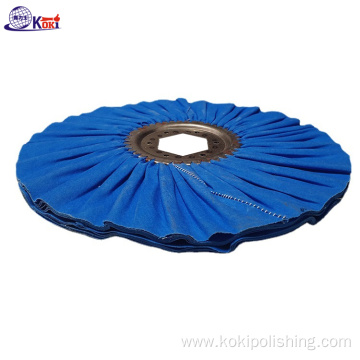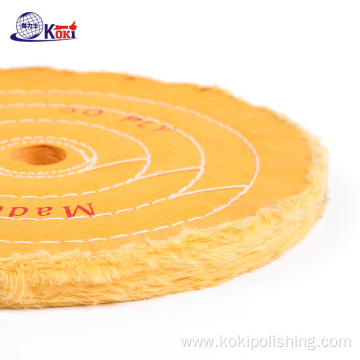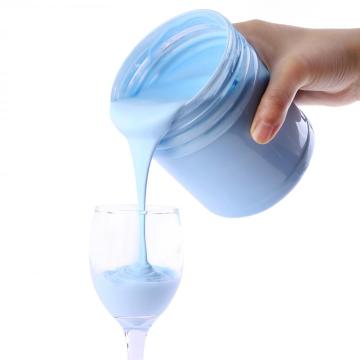Innovations in Surface Finishing: Tools of the Trade
Surface finishing plays a crucial role in various industries, from automotive manufacturing to woodworking and metalworking. Today, let's explore some of the latest advancements in surface finishing equipment, including pressure tanks, spray guns, and polishing machines. Pressure Tank: Boosting Efficiency and Precision Pressure tanks are essential components in spray painting and coating applications, providing a consistent and reliable supply of compressed air and material to spray guns. These tanks come in various sizes and configurations, from portable handheld units to large stationary models, allowing users to choose the option that best suits their application and workspace. With their ability to maintain constant pressure and flow rates, pressure tanks ensure uniform coverage and optimal adhesion of coatings, resulting in high-quality finishes and reduced material waste. Additionally, many pressure tanks are equipped with advanced features such as adjustable pressure regulators and quick-connect fittings, further enhancing efficiency and ease of use for operators. Spray Gun: Precision Application for Perfect Finishes Spray guns are indispensable tools for applying paints, coatings, and finishes to surfaces with precision and control. These guns come in a variety of types, including HVLP (high volume, low pressure) guns, airless sprayers, and electrostatic guns, each offering unique advantages for different applications. HVLP guns are ideal for fine finishing work, producing minimal overspray and atomizing paint particles for smooth and even coverage. Airless sprayers are suitable for high-volume painting tasks, delivering powerful streams of paint for fast and efficient coverage of large areas. Electrostatic guns use static electricity to attract paint particles to surfaces, ensuring uniform coating thickness and minimizing overspray. With their versatility and performance, spray guns are essential tools for achieving professional-quality finishes in automotive refinishing, woodworking, and industrial painting applications. Polishing Machine: Perfecting Surfaces with Precision Polishing machines are essential equipment for achieving smooth and lustrous surfaces on a variety of materials, including metals, plastics, and composites. These machines come in various configurations, from handheld rotary polishers to large industrial buffing machines, offering flexibility and precision for different finishing tasks. With their adjustable speed settings and interchangeable polishing pads or wheels, polishing machines allow users to tailor their polishing process to achieve the desired surface finish and shine. Whether it's removing scratches, buffing out imperfections, or restoring dull surfaces to a mirror-like shine, polishing machines provide the power and precision needed to perfect surfaces with ease. In conclusion, advancements in surface finishing equipment such as pressure tanks, spray guns, and polishing machines continue to drive efficiency, precision, and quality in various industries. As manufacturers and fabricators seek innovative solutions to meet the demands of modern production processes and consumer expectations, the importance of reliable and high-performance surface finishing equipment will only continue to grow.
30 March-2024














